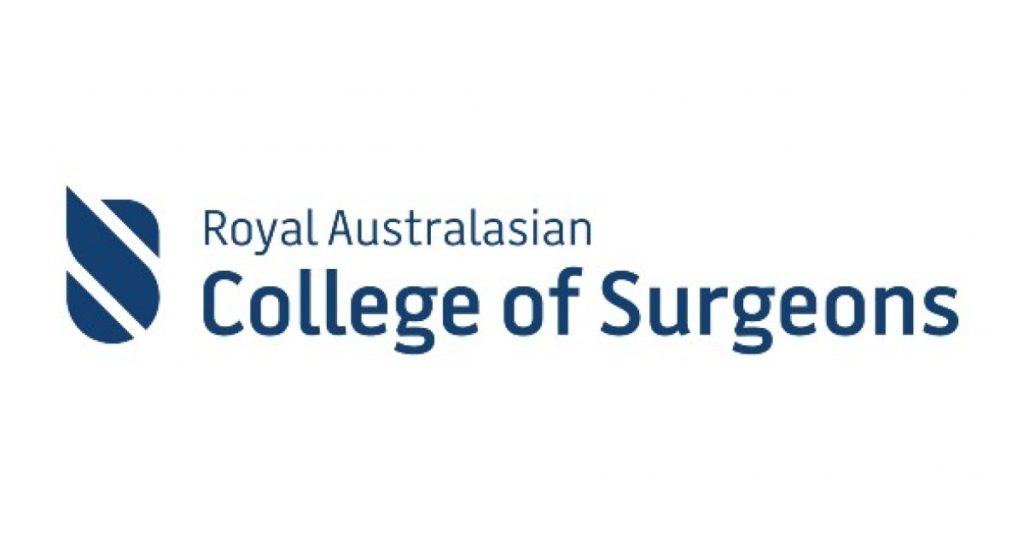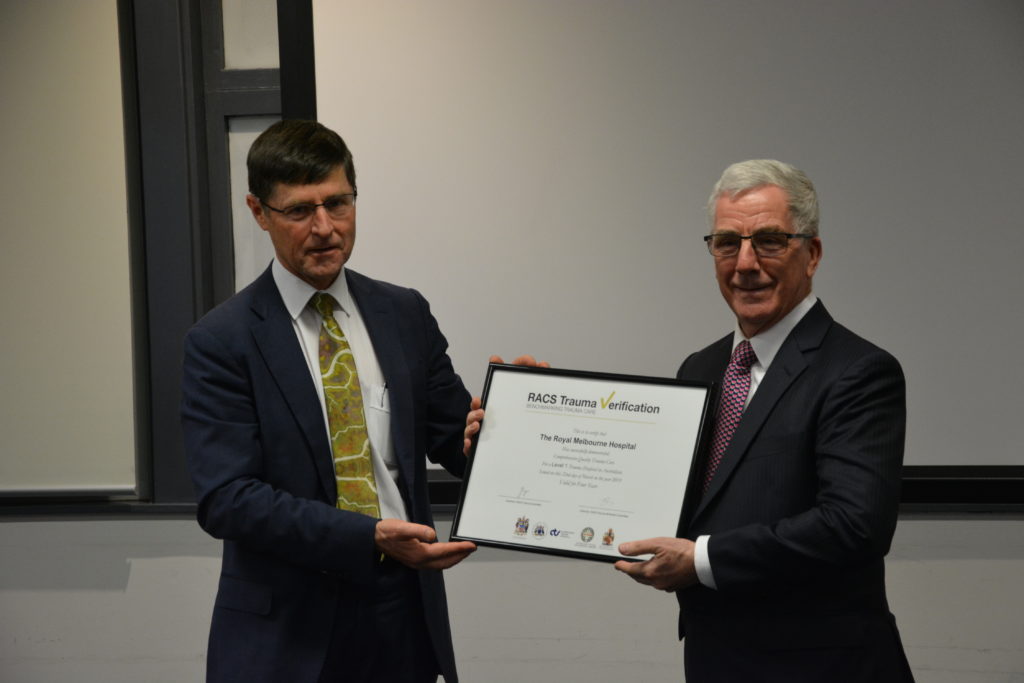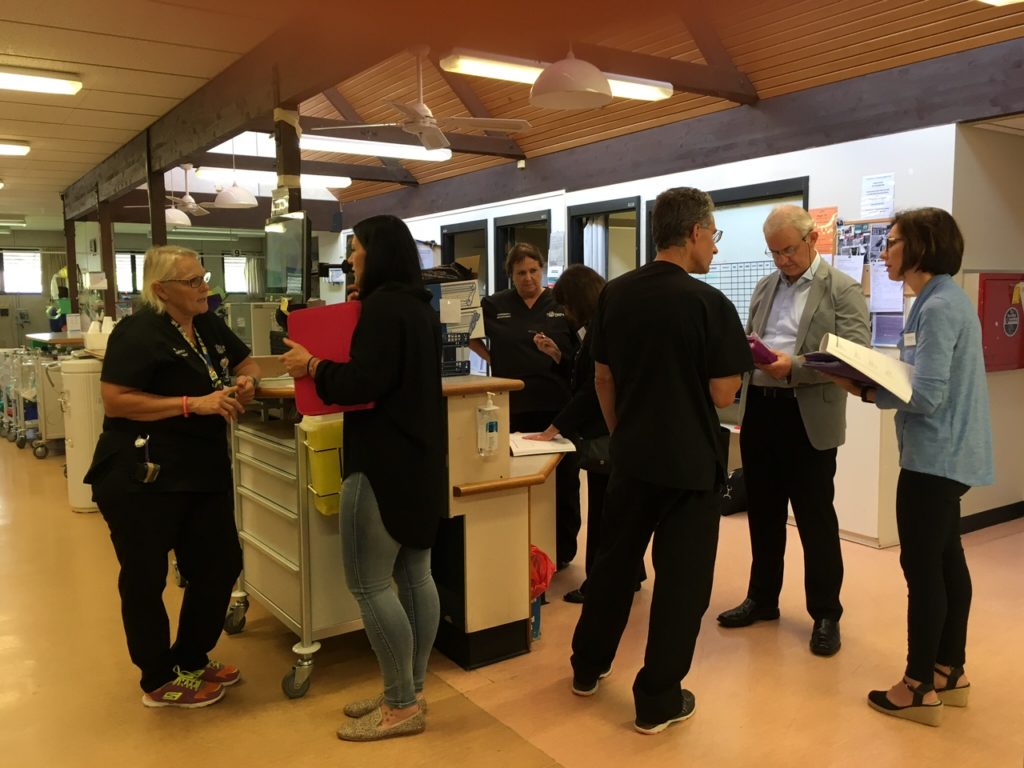RACS Trauma Verification

Trauma Verification

What is Trauma Verification?
Trauma Verification is a peer-review process that helps save lives, reduce waiting times and lower costs.1-3 It is recognised as the gold standard for demonstrating delivery of best practice trauma care to injured patients in Australia and New Zealand. The activity is led by the Royal Australasian College of Surgeons’ Trauma Committee, based on a program developed by the American College of Surgeons Committee on Trauma. The Australasian program is supported by experienced trauma clinicians from the College of Anaesthetists, College for Emergency Medicine and College of Intensive Care Medicine, along with specialist trauma nurses and allied health professionals.4
The program provides external review and benchmarking of trauma services throughout Australia and New Zealand by inspecting trauma centres, reviewing case notes and policies and procedures related to all aspects of trauma care from pre-hospital to discharge and rehabilitation. Hospitals are evaluated against a standard developed and reviewed by trauma-experienced members of the supporting medical colleges. Participating trauma services are provided with a report detailing the strengths and weaknesses of each aspect of trauma care, and constructive recommendations for further improvement of the service.
During the two decades the program has been running in Australia and New Zealand, over 60 visits have been conducted in hospitals in every state of Australia and both islands of New Zealand.
Benefits of Trauma Verification1-3
- Decreased length of stay in ICU
- Decreased mortality and morbidity rates
- Improved patient outcomes
- Defined specific trauma education and training needs
- A greater focus on trauma care within the hospital
- Benchmarking against international standards of care
Future of Trauma Verification
The structure of the program is changing, to shift the focus from the clinical capacity of individual trauma centres to the functionality of trauma systems including the crucial interaction between hospitals, including transfer arrangements, educational support etc.5 This has begun with reviews of trauma regions in Australia and New Zealand, and the review of the whole of New Zealand in 2017.6 There are plans afoot to review all trauma centres in the jurisdiction of New South Wales in network clusters and it is hoped that other states will soon follow the initiative of this state.
The knowledge gained through verification allows hospitals to continue to improve their systems and processes long after the verification teams have left. The recommendations and evidence in the detailed report support a business case for the resources necessary to properly care for injured patients. The Royal Australasian College of Surgeons is grateful for the leadership of ANZAST members of the Trauma Verification Program which impacts preventable mortality and morbidity by influencing permanent improvements on the system for the management of the injured patient. In the words of Maxine Burrell, Trauma Nurse Manager from Royal Perth Hospital, “Attainment of formal Level I Trauma Verification status is an endorsement of who we are and what we are trying to achieve for our patients.”
References
1- Pasquale MD et al. Outcome analysis of Pennsylvania Trauma Centers: Factors predictive of nonsurvival in seriously injured patients. J Trauma 2001; 50:465-474.
2- Maggio PM et al. Commitment to COT verification improves patient outcomes and financial performance. J Trauma 2009;67:190-195.
3- Piontek FA, Coscia R, Marselle CS, Korn RL, Zarling EJ. Impact of American College of Surgeons verification on trauma outcomes. J Trauma 2003; 54:1041-1047.
4- Warren K-R J et al. The overview of the Australian trauma system. IOTA International. 2019 e018.
5- Balogh ZJ Trauma verification: for the trauma centre or for the trauma system? ANZ J Surg 2014; 84:499-500.
6- Flabouris A et al. The New Zealand Trauma System Verification. J Trauma Acute Care Surg 2020; 89:585-596.


